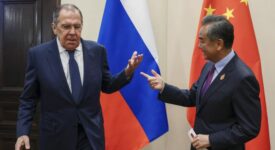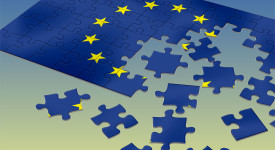The Frankfurt-based European Central Bank (ECB) is still anxious about only very slowly rising prices especially when the financial markets are increasingly more and more reliant on global economic data and deliberations of central banks. After more than a month of diplomatic troubles connected to Russia’s annexation of Crimea, Russia’s Vladimir Putin and U.S. Barack Obama spoke to each other on the phone on Friday (March 28).
In the meantime, the ECB must decide how to tackle both – “danger zone inflation” as well as likely consequences of the Crimea crisis. ECB governing council is meeting this week on Thursday (April 3) to decide whether to further decrease its interest rates although most economists think that the ECB will try to keep those unchanged. The first estimate of March eurozone inflation is to be published today.
In contrast, the policy of Federal Reserve has recently come back into focus with US March unemployment data and non-farm payroll, which are among the most essential determinants for the US central bank to decide the pace at which its bond buying program is eventually circumscribed. America’s job creation slowed significantly in December and January and thus came back to the weakest performance in three years. Yet, it is believed that extreme winter weather played an important role in these developments. It is now estimated that about 175,000 new jobs were created in February and approximately additional 200,000 in March. Yet, this number is very hard to predict as the US economy is on average creating and destroying around 8 million jobs monthly. Overall, the current unemployment is seen as dropping from 6.7 percent in February to 6.6 percent in March.
Article Categories:
ECONOMY & TRADE






